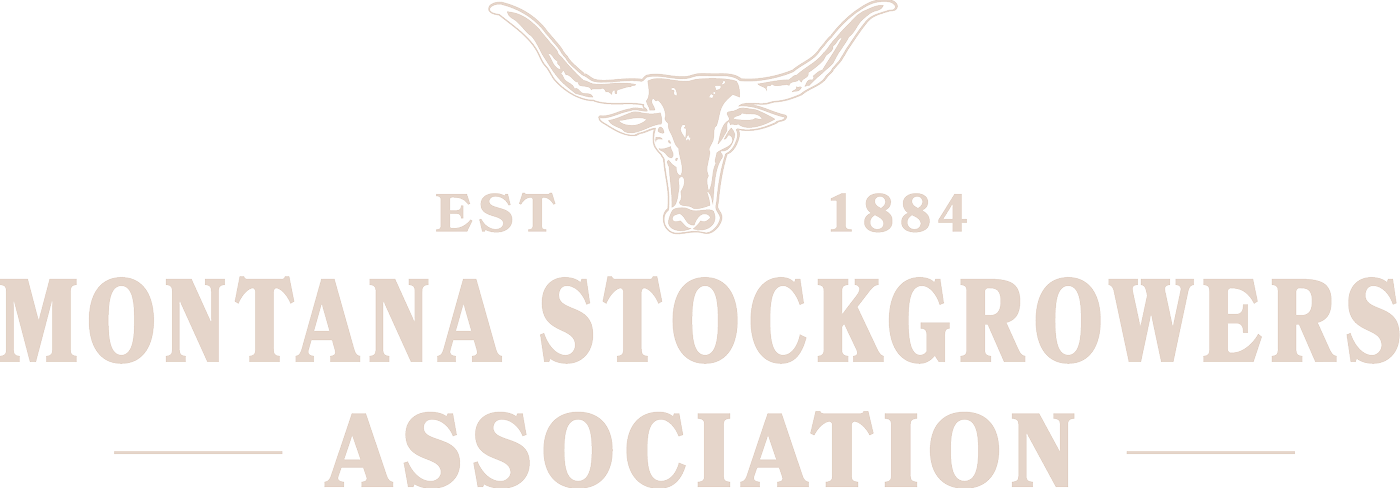Last week, the U.S. Department of Agriculture (USDA) and the Food and Drug Administration (FDA) threw a wrench in the Friday evening plans of many fake meat watchers. Just after 4:30 pm, the agencies announced they had agreed on a framework for regulating lab-grown fake meat products.
Here are three things every cattle and beef producer should know about the recent announcement.
- USDA takes the primary. Under the announced framework, the USDA would have the primary role in ensuring that lab-grown fake meat is held to the same food safety and labeling standards as real beef. The FDA would be responsible for all things cellular, including collection of cell samples and cell growth. But oversight of labeling and “harvest” (when cells are turned into food products) would still rest with USDA.
- This is only the beginning. The announced framework is a positive step, but many more details need to be worked out before lab-grown fake meat products come to market. The USDA-FDA announcement is like a skeleton; now the federal agencies need to put (real) meat on the bones. To start, both agencies extended the public comment period on the regulation of lab-grown fake meat. Producers and consumers can make their voice heard by submitting comes in support of USDA oversight. Comments can be submitted here until December 26, 2018.
- The labeling question remains. The framework gave no indication of how lab-grown fake meat products will ultimately be labeled. (Considering lab-grown products are not even available for independent analysis, that is not surprising.) The good news is that under USDA oversight, the process will be based on sound science and the label will have to be approved before lab-grown products hit the market. NCBA policy explicitly supports “the definition of beef to only include products derived from actual livestock raised by cattle farmers and ranchers and harvested for human consumption.”
